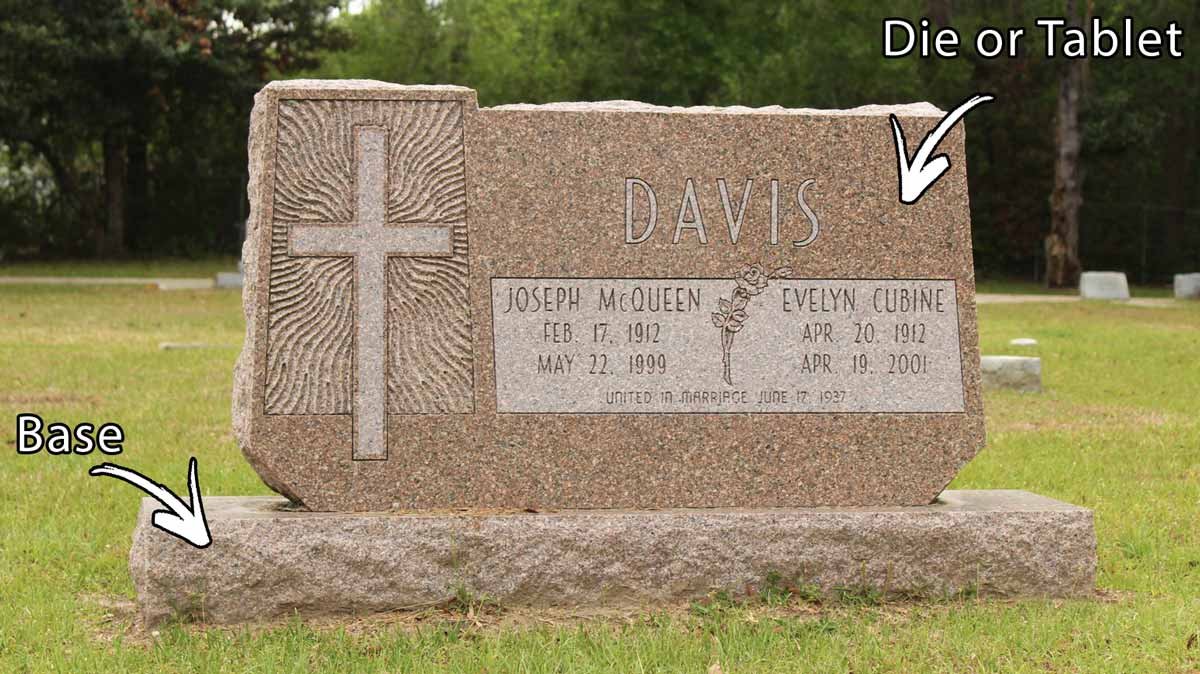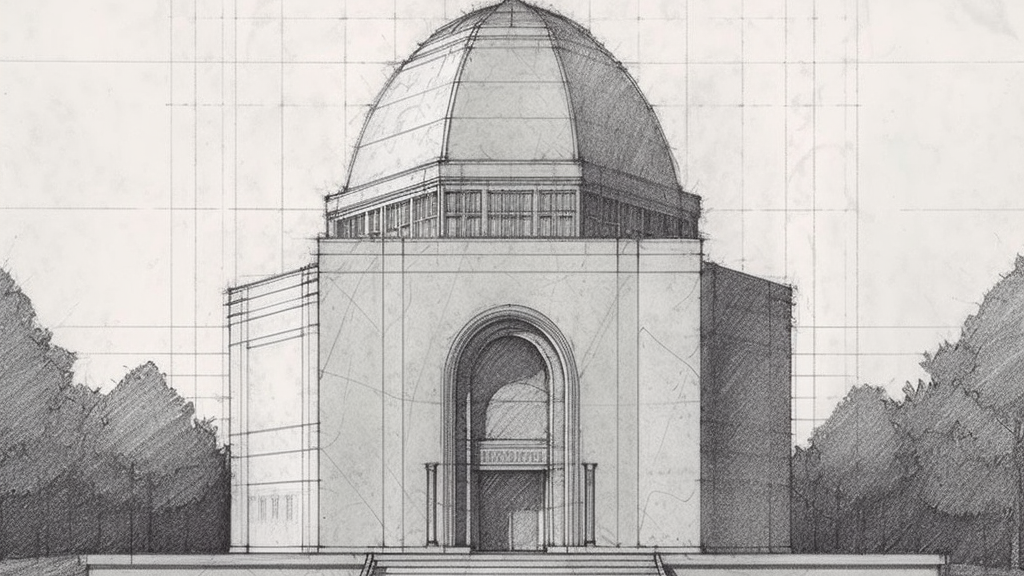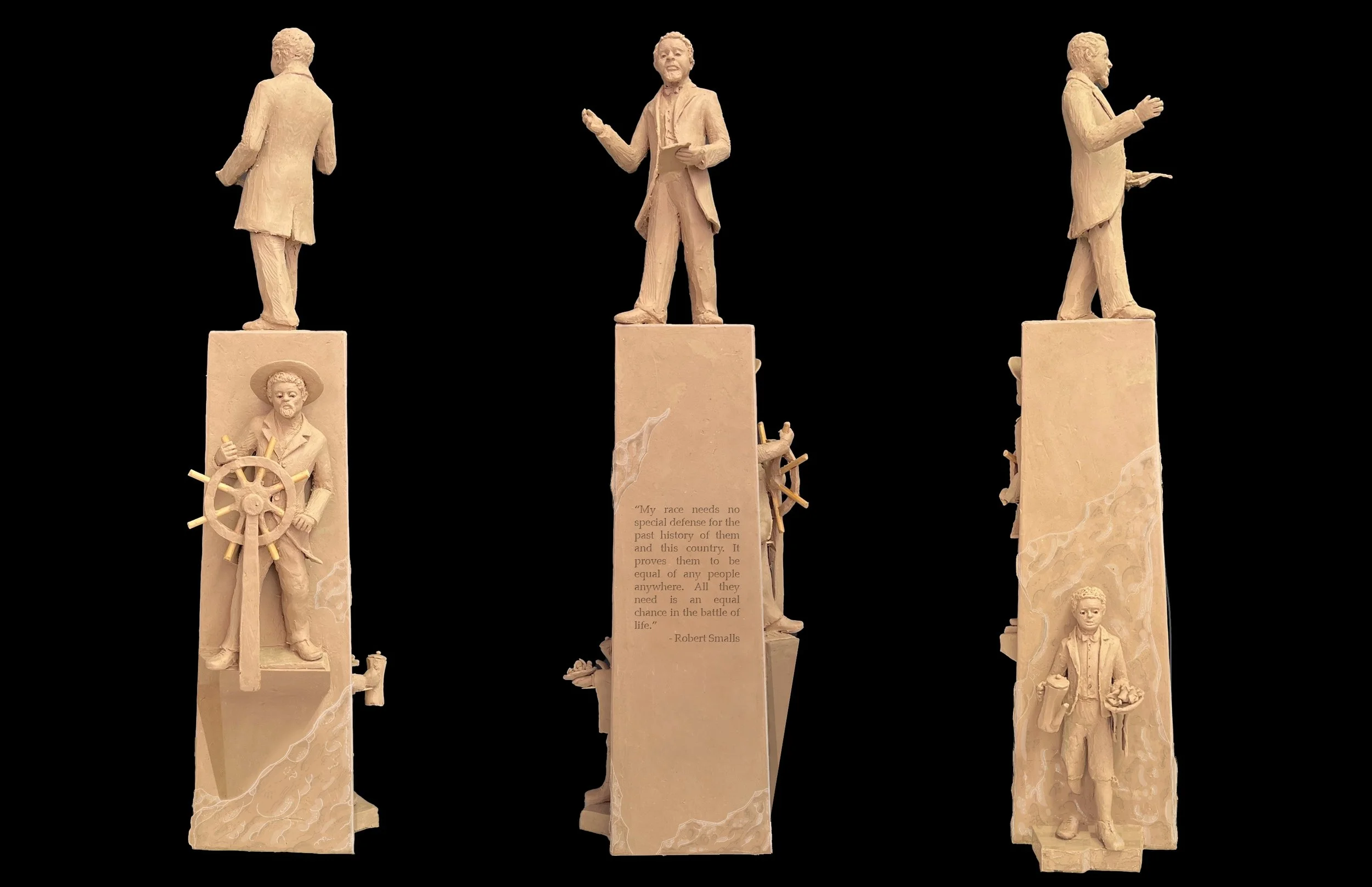Another word for gravestone & other headstone terminology
If you’ve ever planned a gravestone before or if you now find yourself having to carry out this task, you’ve probably wondered what terminology you should use to effectively communicate your need to the monument company. We often hear people questioning whether or not they’re using the right lingo. Is it a headstone, a gravestone or what should I call it? These days, gravestone, grave marker, tombstone, headstone, memorial, and monument can all be used interchangeably for the most part; however, a grave marker often identifies a flat stone typically installed flush in the ground. Whichever term you use, a reputable monument company should be able to guide you to your specific need.
Here is a list of common monument industry terms to help you better understand and engage with your local monument company.
Parts of a Headstone
Die
In the monument industry, the die is the name for the stone that stands upright. Most monuments are comprised of two pieces of stone, a die and a base. We prefer the term tablet when referring to this piece of the headstone.
Base
The base of the headstone is the long horizontal stone that touches the ground. The tablet is erected on top of the base.
Plinth
A plinth is a pedestal often installed between two tablets and/ or supporting a vase. The family’s surname is commonly engraved on this piece.
Turned Vase
A stone turned vase is made on a lathe. Also referred to as a round vase.
Invertible Vase
An invertible vase consists of the vase, often made of a hard metal like aluminum or bronze, and a canister that is typically installed flush in the ground. When not in use, the vase can be flipped upside down and hidden away in the ground.
Types of Headstones and tombstones
A single upright headstone is a stone memorial for one person that stands vertically. Its size is determined by the size of the grave and cemetery requirements.
A double upright headstone is a stone memorial for two people that stands vertically. Its size is determined by the size of the grave and cemetery requirements.
A flat marker is a stone that lies flush in the ground. It can be placed at the head or foot of the grave. The standard grave marker size is 24” x 12” x 4”.
A Bevel or pillow grave marker has a sloping top surface. The amount of slope is usually 2”. The average size of a bevel marker is 24” x 12” x 6”.
Slant Marker
A slant marker is a headstone with a front face that has a high degree of slope. The average height of a slant marker is 14”.
A grave ledger is long flat stone which covers all or the majority of a grave. It is often used when a long inscription or genealogical information is desired.
Monolith
A monolith is a single tablet standing upright which is installed directly into the ground with no base. The common white marble veterans headstone seen in national cemeteries is an example of a monolith.
Wing Monument
A wing monument is comprised of two separate tablets, typically mirrored and/or symmetrical, that are installed on one shared base.
Columbarium
A columbarium is a memorial that has a niche or housing for cremation ashes. Plural is columbaria.
A mausoleum is a structure built as a memorial that entombs the deceased above ground.
Crypt
A crypt is an area within a mausoleum where the body is entombed.
Headstone Finishes
Pol or P
Polished - Refers to the finish of one or a number of sides of a stone. It is often referred to as a slick or shiny finish. Polishing a stone makes it its darkest value. Most often followed by a number - P2, P3, P5.
P2
P2 refers to a stone that is polished on two sides, the front and the back. The remaining three sides (top,left, and right) are most often left unfinished or BRP.
P3
P3 refers to a stone that is polished on three sides - the front, back, and the top. The remaining two sides are most often BRP.
Steel
In the monument industry, steel refers to the finish of one or a number of sides of a stone. A smooth finish made by “frosting” or removing the polish from parts of the stone with a sandblaster. Even a polished stone will most often have steeled areas for the lettering. We prefer to call this finish velvet.
BRP
BRP stands for Balance rock pitched - What we refer to as a rustic finish, and is common on the sides of a monument’s tablet and base. This texture is created by breaking a stone slab with a hammer and chisel, and leaving the natural stone exposed.
Carving and Lettering
V-line or v-cut
A v-line is a deep sandblasted letter or other design element. A letter is sandblasted until the deepest part forms a “V”. A letter can also be v-cut by a skilled artisan with a hammer and chisel.
Shape Carving
Shape carving is a sandblasting technique used to add 3-dimensionsal detail to a flat carving. Shape carving is often used to make flowers and leaves more realistic.
Bas Relief
Pronounced bah or bar - Bas Relief is a 3-dimensional sculpted carving which is raised out from the surface of the stone.
Hand Etching
A hand etching is a highly detailed engraving in the surface of the black (or very dark) stone performed by an artisan with a diamond tipped dremel-like tool.
Laser Etching
A laser etching is a highly detailed engraving done by a computer guided laser.
Font
The font is the style of lettering on the stone.
Litho
Litho or Lithochrome is a colored paint which is added to a carving. It creates a stronger contrast and makes the lettering and elements easier to see in poor lighting conditions.



